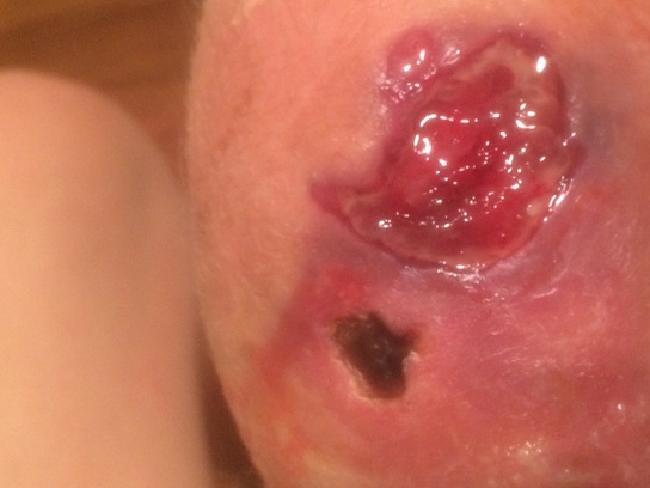Expert Reaction
These comments have been collated by the Science Media Centre to provide a variety of expert perspectives on this issue. Feel free to use these quotes in your stories. Views expressed are the personal opinions of the experts named. They do not represent the views of the SMC or any other organisation unless specifically stated.
Dr Zlatko Kopecki is a Senior Research Fellow at the Future Industries Institute, University of South Australia
Increase in M ulcerans infection cases in Victoria over the last three years is alarming. Further research into treatments and management of patients with Buruli ulcers is urgently required as current antibiotic treatments only prevent surgery in 40% of patients. Novel antibiotics or targeted anti-toxin treatments are required as wound infection is a serious problem for thousands of patients with chronic wounds and this is one of the major research areas in our laboratory at Future Industries Institute, University of South Australia. Infected wounds often lead to sepsis while surgery leads to scarring and debilitating contractures which have a significantly social, physical and economic impact on patients.
Professor Tim Stinear is a microbiologist at the Peter Doherty Institute for Infection and Immunity (a joint venture between the University of Melbourne and the Royal Melbourne Hospital).
While Buruli is a rare disease in global terms, we are in the middle of an epidemic on the Mornington Peninsula.
A small group of us here in Melbourne are in the forefront internationally of trying to fight this disease, and there is a WHO Collaborating Centre on Mycobacterium ulcerans (the pathogen that causes the disease) based at the Doherty Institute.
Mycobacterium ulcerans, has moved from Gippsland into Melbourne since the mid 1980s, where it’s now endemic on the Mornington Peninsula. There has been a substantial expansion in the past 10 years and it’s proliferating. We don’t know precisely how or why it has moved.
We have good evidence that mosquitoes are involved in transmission, and we know that possums are a major reservoir.
This isn’t a lethal disease, but delayed diagnosis means serious complications for people with infection including the need for plastic surgery. The antibiotics used to treat this are effective, but there are side effects.
There is an excellent diagnostic test for Buruli ulcer, developed by our Melbourne team. Rapid diagnosis and prompt antibiotic treatment are the keys to preventing serious complications from this infection.
Associate Professor Matthew Todd is from the School of Chemistry at the University of Sydney. He is an expert on drug discovery and development
The increase over the last 20 years is quite striking, specifically in Victoria.
Buruli ulcer is a mycobacterial infection, a little like tuberculosis, and so can be hard to treat. There are some standard antibiotics available, but given that so little is known about this disease, treatment can be complicated or lengthy. Buruli ulcer is an official WHO neglected tropical disease, meaning there is little market incentive for the development of new medicines.
This outbreak is a reminder that these 'neglected' diseases can also arrive in developed nations where the lack of effective treatments becomes more noticed - just as is being seen in North America around the Gulf of Mexico. To improve the treatment of Buruli ulcer we'd need more basic research into the biology of the bacterium coupled with a more open approach to sharing new potential medicines.
Associate Professor Sanjaya Senanayake is a specialist in Infectious Diseases and Associate Professor of Medicine at The Australian National University
Bairnsdale ulcer, also known as Buruli ulcer and Daintree ulcer, is a skin infection that can be frustratingly slow to get better. The causative bug comes from the same family as tuberculosis and leprosy. Over thirty countries worldwide have reported cases. It has been seen in Bairnsdale, Victoria, since the 1930s.
In Australia, it tends to infect people over 50 but younger people can be affected too. Most cases are diagnosed in the winter months but infection may have actually occurred in summer.
The route of infection is not certain but possibilities include fresh water, possum poo and insect bites.
Treatment involves long courses of antibiotics with or without surgery."



 Australia; VIC
Australia; VIC


